Exploring the Future of Office Seating Chairs at the 138th China Import and Export Fair 2025
As the workplace continues to evolve, the importance of ergonomic and aesthetically pleasing Office Seating Chairs cannot be overstated. According to a recent report by Research and Markets, the global office furniture market is expected to reach $65.4 billion by 2027, with office seating accounting for a significant portion of this growth. The 138th China Import and Export Fair in 2025 provides an unparalleled platform for manufacturers and designers to showcase their innovations in office seating. With an increasing focus on employee wellness and productivity, the demand for chairs that offer both comfort and style is rising. The fair will highlight cutting-edge designs and sustainable materials, reflecting current trends in the industry. This event not only emphasizes the need for quality office seating solutions but also explores how these chairs can adapt to new work environments, paving the way for a more functional and attractive workspace.
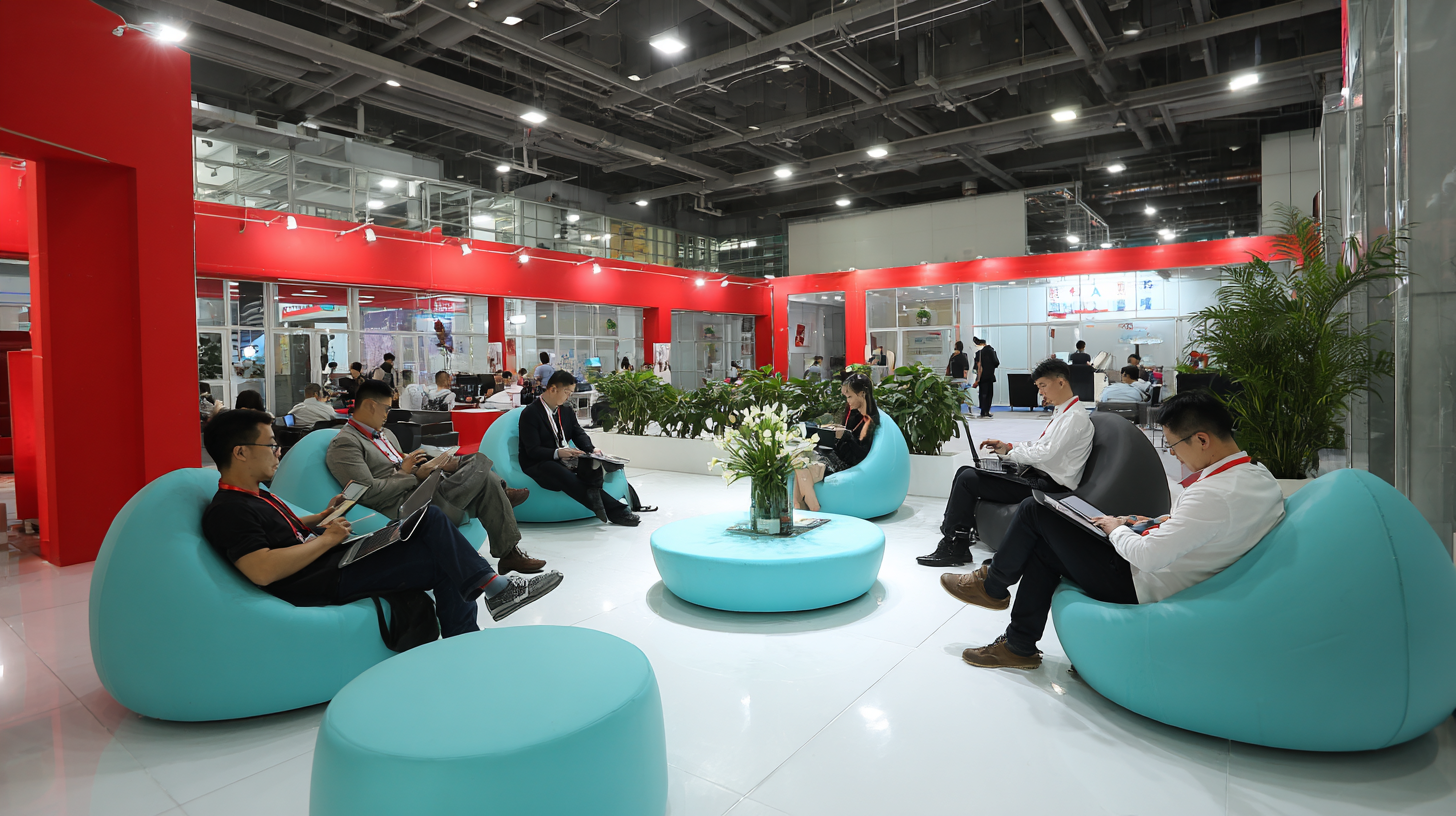
The Evolution of Ergonomics in Office Seating Chairs by 2025
As we look forward to the 138th China Import and Export Fair in 2025, one of the most exciting developments is the evolution of ergonomics in office seating chairs. Modern workplaces are recognizing the critical role that ergonomically designed chairs play in enhancing employee well-being and productivity. By 2025, we can anticipate a further refinement in chair designs that prioritize user comfort, adaptive support, and postural alignment, leading to healthier work environments.
Tips for selecting ergonomic office chairs include looking for adjustable features such as seat height, backrest angle, and armrest positioning. These customizable elements ensure that a chair can be tailored to fit individual body shapes and sizes, promoting better posture throughout long hours of sitting. Additionally, materials that encourage breathability and durability without compromising style will likely dominate the market.
Moreover, integrating technology into office seating is another trending focus. Innovations like built-in posture monitors and temperature control systems will provide a smarter seating experience. When choosing office seating in the future, consider models that fuse ergonomic design with cutting-edge technology, ensuring your workspace remains both comfortable and efficient.
Exploring the Future of Office Seating Chairs at the 138th China Import and Export Fair 2025
| Feature | Current Trend (2023) | Projected Trend (2025) |
|---|---|---|
| Adjustable Lumbar Support | Commonly included | Mandatory feature |
| Breathable Mesh Materials | Increasingly popular | Standard expectation |
| Smart Technology Integration | Emerging trend | Widespread adoption |
| Sustainability | A growing concern | Core design principle |
| Customizable Comfort Settings | Limited options available | Personalized solutions |
Key Trends Shaping the Office Furniture Industry for 2025
As we approach the 138th China Import and Export Fair in 2025, the office furniture industry is poised for significant transformation, driven by emerging trends and innovations. Notably, the global market for modular and panel furniture is projected to reach $16.69 billion in 2025, with an anticipated compound annual growth rate (CAGR) of 6.88%, growing to $28.42 billion by 2033. This shift signifies a growing preference for versatile, adaptable office seating solutions that cater to the evolving needs of modern workplaces.
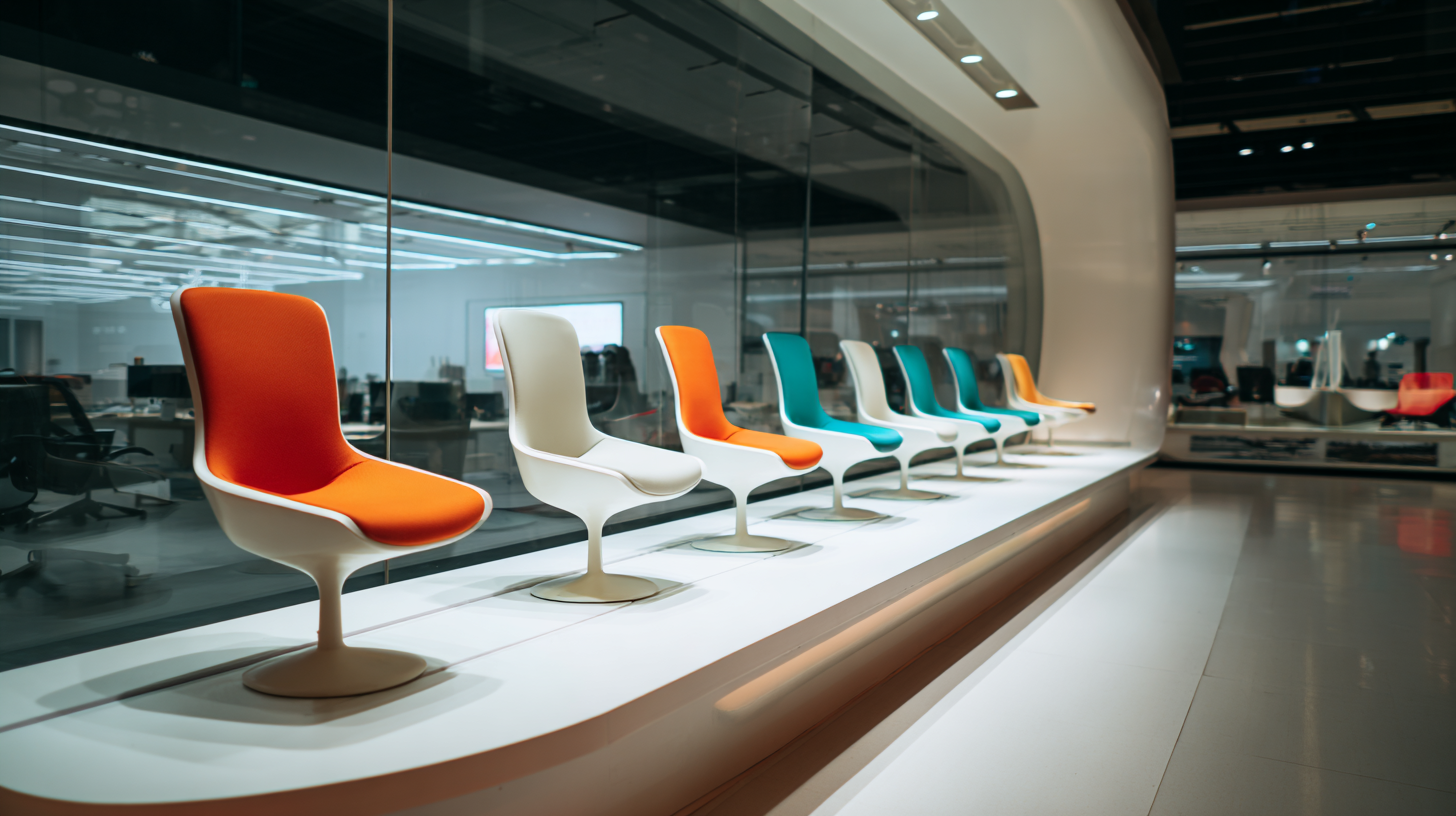
Another noteworthy trend is the increasing market size for plastic furniture, which encompasses materials such as polypropylene (PP), polyethylene (PE), and polycarbonate. The diverse applications of plastic furnishings in kitchen, living room, bedroom, and outdoor settings reflect its durability, cost-effectiveness, and design potential. Furthermore, with the rise of remote and hybrid work arrangements, businesses are focusing on the ergonomic and aesthetic value of office seating chairs, aiming to enhance employee comfort and productivity as well as resonate with contemporary design sensibilities.
In a broader context, the Asia-Pacific region is experiencing rising renovation costs for office spaces, further underlining the importance of strategic furniture investments. Reports indicate that average renovation costs are driven by the increasing demand for functional, sustainable, and stylish office environments, where the right seating options play a critical role in attracting and retaining talent in competitive markets.
Sustainability in Office Chair Design: Meeting Green Standards
At the upcoming 138th China Import and Export Fair in 2025, the focus will be on the evolving landscape of office seating chairs, particularly through the lens of sustainability. As organizations increasingly prioritize environmentally friendly practices, manufacturers are stepping up to design chairs that not only meet operational needs but also adhere to stringent green standards. This shift signifies a broader commitment to sustainability, encapsulating materials that are recyclable, responsibly sourced, and designed for longevity.
When considering sustainable office chair designs, several tips can guide consumers and businesses alike. First, look for chairs made from recycled materials or those certified by respected environmental organizations. Second, consider ergonomic designs that promote comfort and health, ensuring that sustainability does not come at the expense of user well-being. Lastly, support brands that demonstrate transparency in their manufacturing processes and lifecycle impacts. By prioritizing these factors, consumers can contribute to a greener future while enhancing their work environments.
Innovation in office seating is set to elevate the industry standards at the fair, showcasing not only the latest in design but also a commitment to sustainability that reflects the ever-growing environmental consciousness among businesses. As we explore these advancements, it's clear that the future of office furniture will intertwine function, style, and eco-friendliness.
Exploring Sustainability in Office Chair Design
Reader Preferences: Data on Office Chair Features Most Desired by Users
As the 138th China Import and Export Fair approaches in 2025, the spotlight is increasingly focused on the evolving landscape of office seating. A recent survey highlights reader preferences, revealing key features that users desire in office chairs. Comfort emerges as the paramount consideration, with ergonomic designs that support long hours of sitting gaining significant traction among professionals. Additionally, adjustable height and lumbar support are frequently mentioned as crucial attributes, allowing users to customize their seating experience for optimal comfort and productivity.
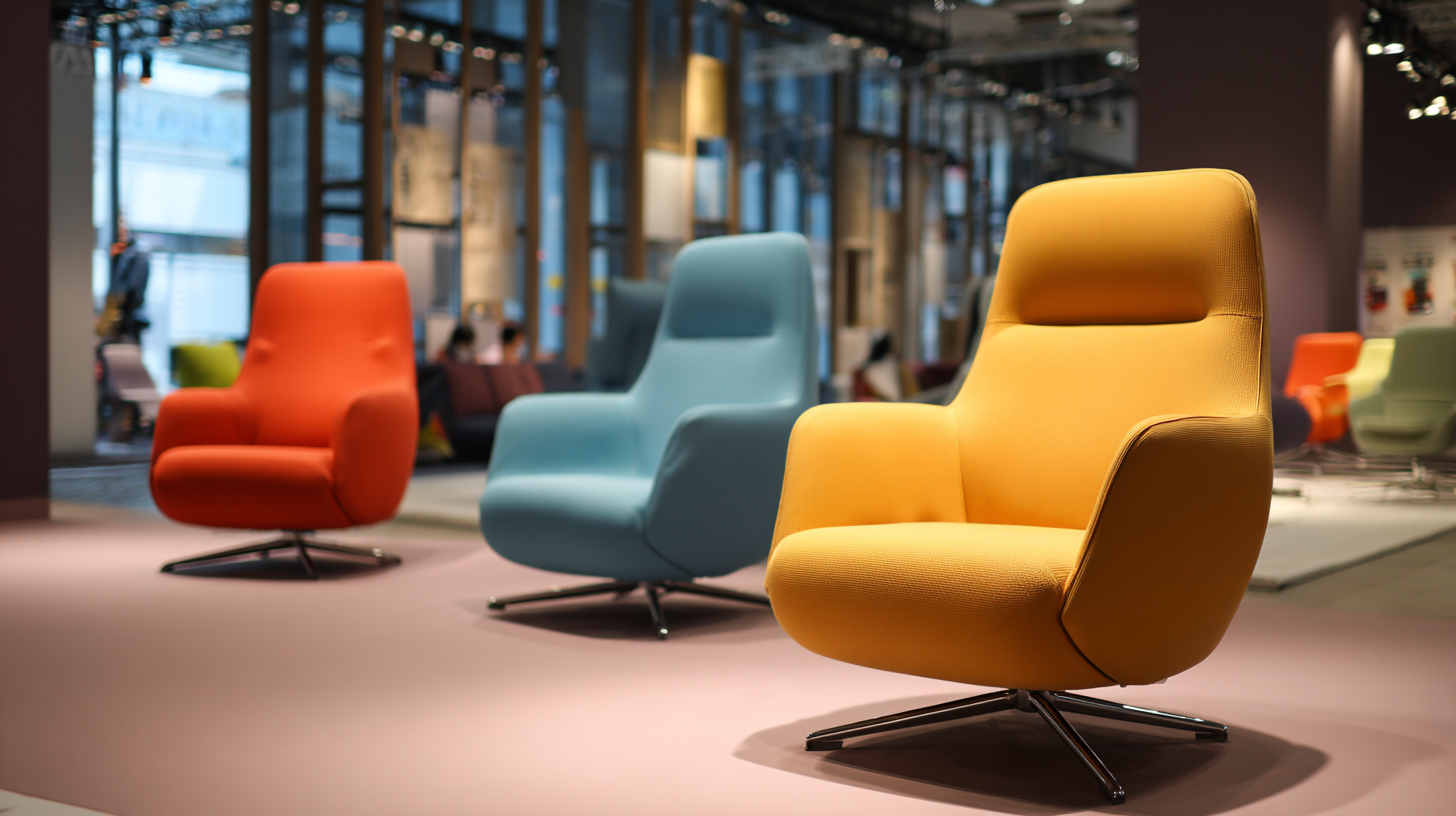
Another prominent trend is the demand for sustainable and environmentally-friendly materials. With growing awareness of ecological impacts, consumers indicate a preference for office chairs constructed from recycled or responsibly-sourced materials. This shift not only showcases a commitment to environmental sustainability but also reflects a larger societal movement towards conscious consumerism.
Color and aesthetic design are also important; users are increasingly opting for modern styles that blend seamlessly with contemporary office decor, adding an appealing visual element to workspaces. As the Fair approaches, these insights will guide manufacturers in developing innovative seating solutions that align with user expectations and market trends.
Technological Innovations Revolutionizing Office Seating Solutions
The 138th China Import and Export Fair in 2025 promises to be a groundbreaking event, particularly in the realm of office seating solutions. As workspace dynamics continue to evolve, technological innovations are set to revolutionize the way we think about office chairs. From ergonomic designs that promote better posture to smart seating solutions that adapt to individual user preferences, these advancements aim to enhance comfort and productivity in the workplace.
One of the most exciting developments is the integration of IoT technology in office seating. Chairs equipped with sensors can monitor users’ sitting habits and provide real-time feedback to encourage healthier postures. Moreover, adjustable features controlled by an app can tailor the chair’s settings to individual needs, fostering an environment that prioritizes both well-being and efficiency.
Other innovations include materials that enhance durability and sustainability, showcasing a commitment to eco-friendly practices in office furniture design. As we look toward the future, these technological advancements will undoubtedly reshape our work environments, making them more adaptable and conducive to a modern workforce.
Related Posts
-
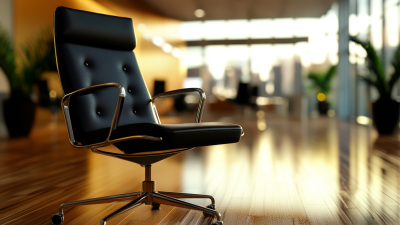
Maximizing After Sales Support for Best Chair Office Reducing Repair Costs Effectively
-
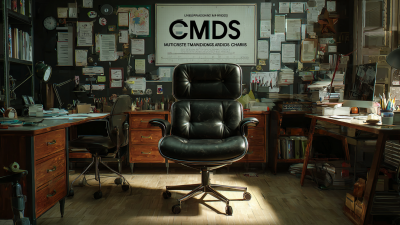
Understanding the Manufacturing Standards for the Best Office Armchair
-
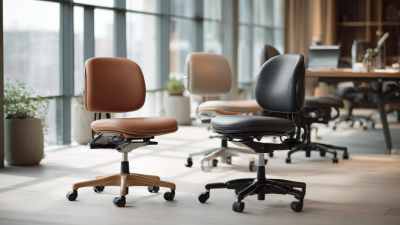
The Future of Ergonomics: Elevating Comfort with the Best Office Chair Stool
-

Solutions for Ergonomic Office Seating Chairs That Boost Workplace Comfort & Productivity
-
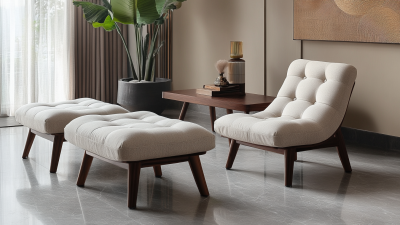
Record Attendance at Canton Fair Highlights Demand for Adjustable Footstools from Global Buyers
-
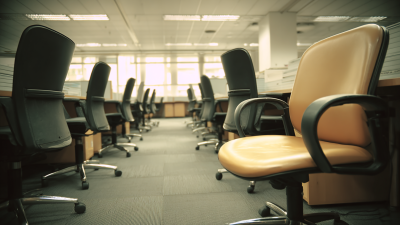
How to Choose the Perfect Office Work Chair for Your Needs